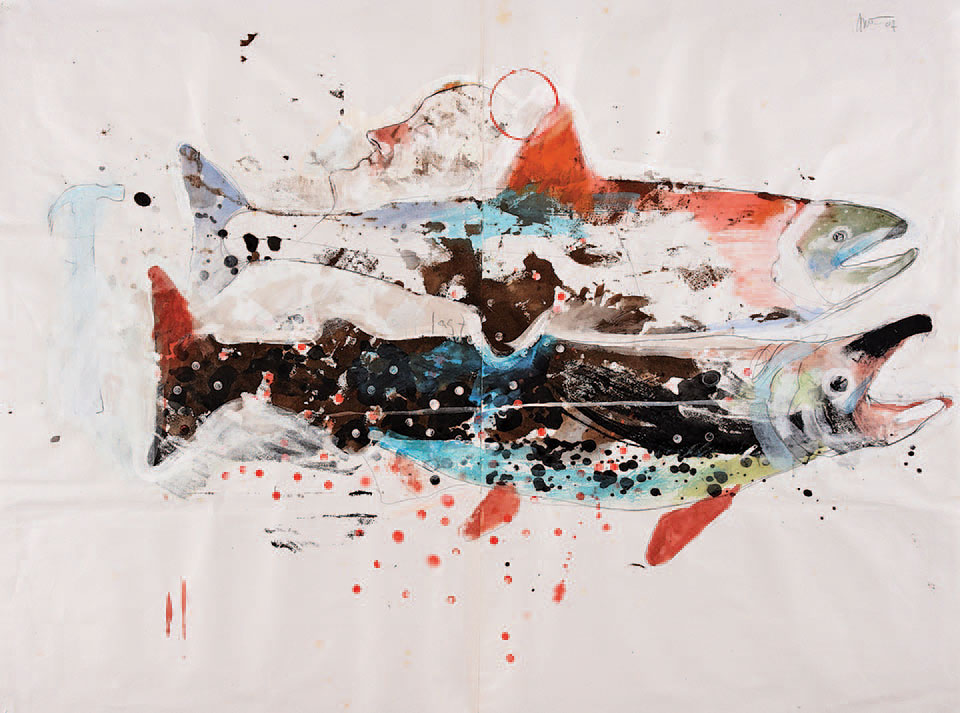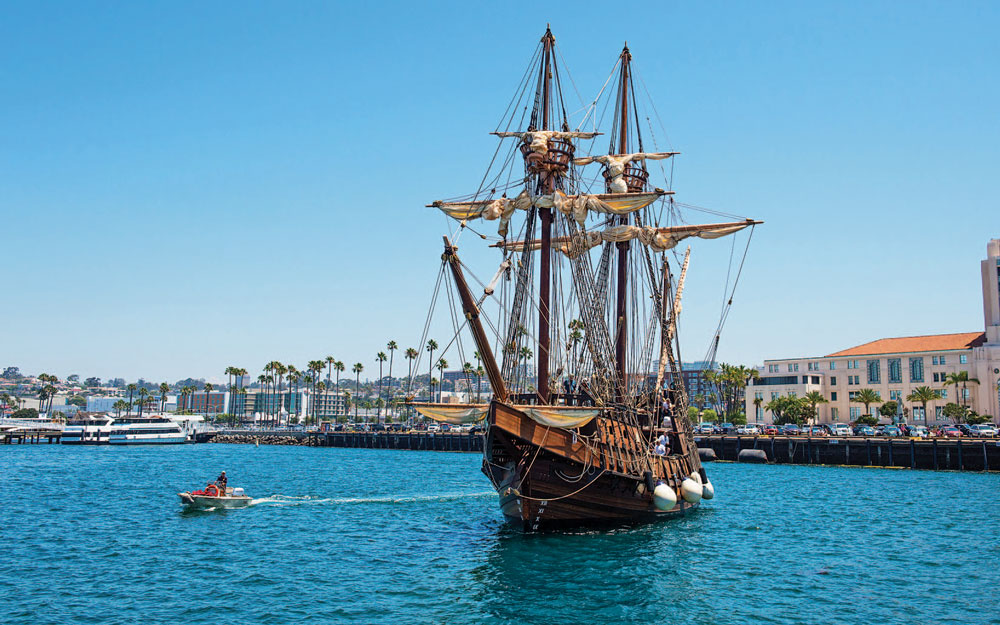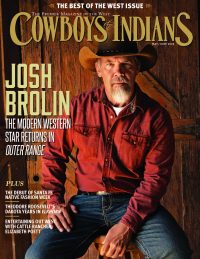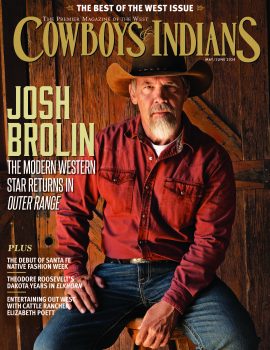Mark up your calendar with these promising art events and exhibits coming to the West.
John Coleman: Past/Present/Future and the Artists of Taos Western Spirit: Scottsdale’s Museum of the West
Scottsdale, Arizona
Opened in 2015, this Scottsdale newcomer was named Best Western Art Museum in the Nation in 2016. Western Spirit quickly managed such a high profile with compelling exhibitions like the doubleheader John Coleman: Past/Present/Future (through May 31) and The Artists of Taos (through April 30). One of the nation’s premier contemporary artists, Coleman has garnered acclaim for his realistic and emotion-filled sculptures and images of American Indians. The Past/Present/Future exhibition includes works in charcoal, graphite, oil, and bronze done over a four-decade period, as well as some works in progress. The Artists of Taos focuses on the individuals in the Taos Society of Artists, one of the most influential groups in American art history. Like Coleman, society artists shared a fascination with the history and mythology of Native Americans, particularly in the Southwest, and specifically the Indians of Taos Pueblo. This major exhibition features some of the finest pieces by the society’s members. www.scottsdalemuseumwest.org
30th Anniversary National Museum of Wildlife
Jackson, Wyoming
The year 2017 marks the 30th anniversary of the National Museum of Wildlife in Jackson, Wyoming, and do these folks know how to throw a wild(life) party. Things kick off on the museum’s official anniversary date of May 16 and continue throughout the year with exhibitions that dig in to the art and history of the region and showcase old favorites and never-before-seen acquisitions from among its world-class holdings of more than 5,000 artworks representing the world’s wild animals. On view will be Robert Bateman’s beloved classic Chief — American Bison, Andy Warhol’s endangered species series, National Geographic photographer Joel Sartore’s acclaimed Photo Ark animal portraits, and works by Thomas Moran, Georgia O’Keeffe, Robert Kuhn, John James Audubon, and Carl Rungius. Even the location celebrates wildlife. Dramatically sited 2½ miles from Jackson Town Square and 2 miles from the gateway of Grant Teton National Park, the museum is built into a hillside overlooking the National Elk Refuge. For details and dates about specific exhibitions and events, visit www.wildlifeart.org

California Continued: Autry Museum of the American West
Los Angeles
The Autry describes its ambitious and relevant California Continued as “the most transformative project” in its nearly 30-year history. Using 20,000 square feet of gallery and garden spaces, it explores how traditional ecological knowledge going back to the first Californians can help current Californians understand the Golden State’s environment and improve their stewardship. The project consists of two exhibitions — Human Nature and The Life and Work of [Pomo basket weaver, teacher, and healer] Mabel McKay — in new galleries, a new “ethnobotanical” garden that uses more than 60 native plants and activities to reveal how different generations have used plants and water, and an immersive media experience consisting of a close-up dual-projection film of California’s varied and extreme landscapes. California Continued employs firsthand storytelling and an extraordinary collection of art, artifacts, and personal ephemera, much on view for the first time, including important objects from the Southwest Museum of the American Indian Collection. www.theautry.org

Cabrillo’s San Salvador: Maritime Museum of San Diego
San Diego
Explore a new full-scale working replica of the Spanish galleon ship that Juan Rodriguez Cabrillo was sailing in 1542 when he became the first European to set foot in what is now California and to navigate the west coast of what is now the United States. The first European vessel to reach America’s Pacific coast, the San Salvador earned the nickname “The Mayflower of the West” and a place in history as one of the most important vessels of the Age of Discovery. Just back from an inaugural “heritage tour” up the coast in 2016, the ship is now on permanent display at the Maritime Museum of San Diego. www.sdmaritime.org
The Pequot War: Mashantucket Pequot Museum and Research Center
Mashantucket, Connecticut
Part of the museum’s Battlefields of the Pequot War project and the culmination of seven years of archaeology and preservation, this new exhibit represents the largest collection of 17th-century battlefield artifacts on display in New England. Waged in what is now southern New England from 1634 to 1638 between the Pequot and their colonist allies and the Saybrook colonies and their Native American allies, the war resulted in the near-extinction of the Pequot tribe. The exhibit features a 30-minute film called The Witness, paired with more than 50 recently recovered objects from the Battle of Mistick Fort, which took place May 26, 1637. Objects on display include Native amulets, knives, and lead musket balls and brass arrow points fired during what is regarded as a significant battle in early American history. www.pequotmuseum.org
From the January 2017 issue.













